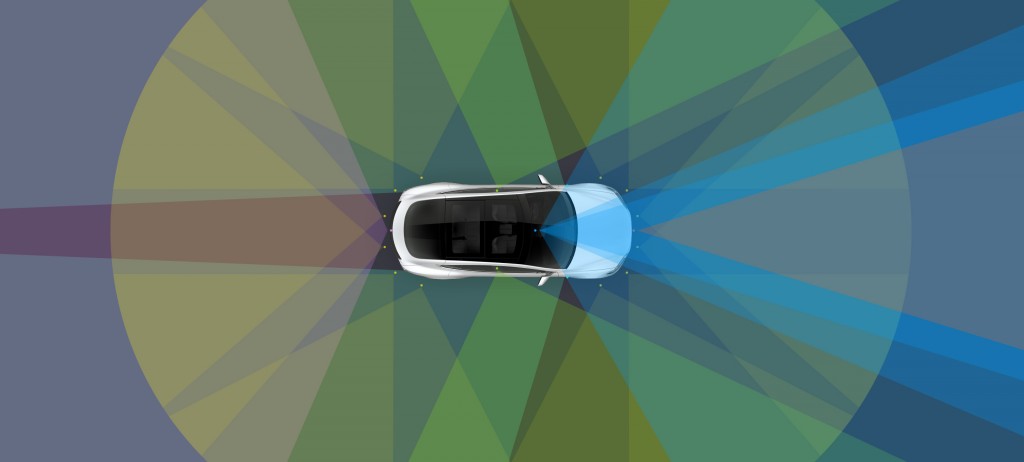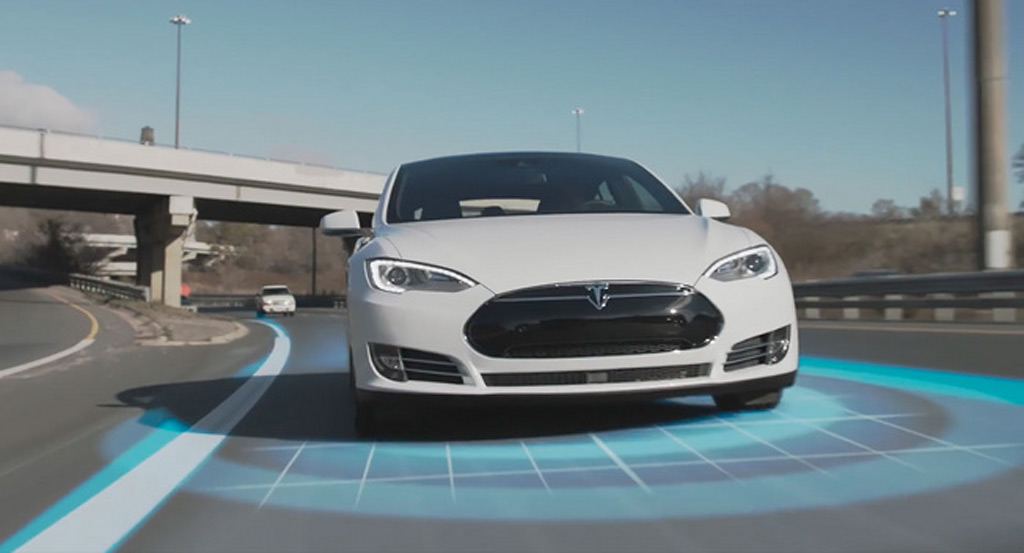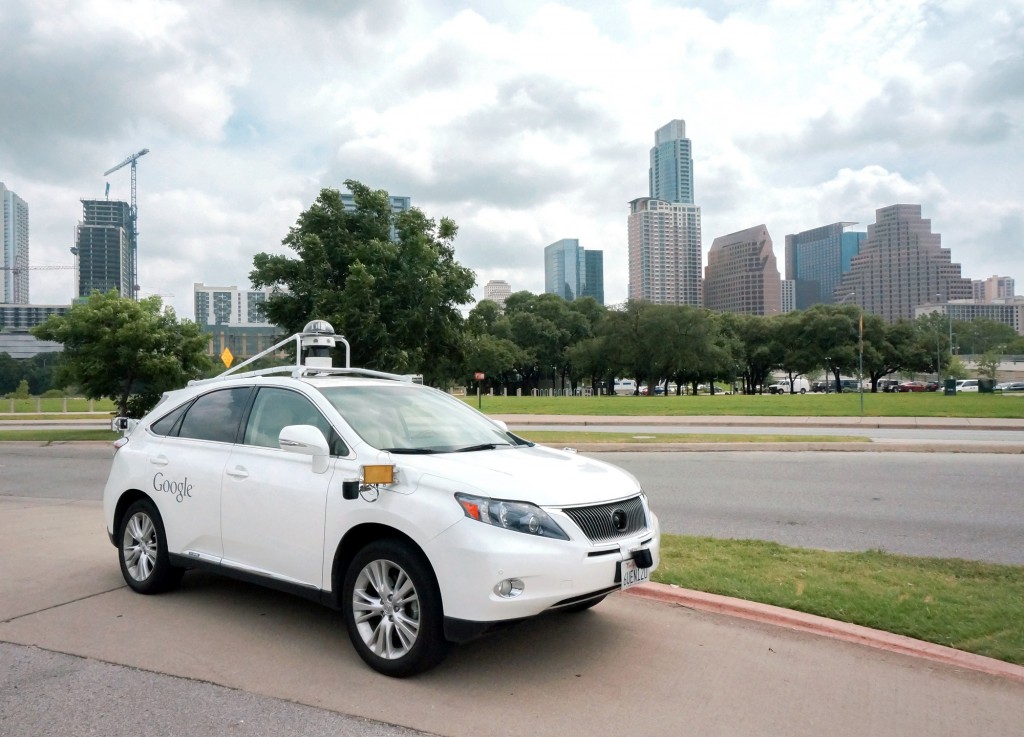In the automotive industry, Tesla is a leader in many respects—but it's hardly head-and-shoulders above the rest when it comes to self-driving cars.
The Silicon Valley automaker is developing fully autonomous cars, but it's part of a crowded field that includes many other automakers and a handful of rich tech companies as well.
Still, Tesla's technical approach may give it an advantage over its numerous competitors.
DON'T MISS: Let's be clear: Tesla's Autopilot is not a 'self-driving car'
The company has now collected a huge trove of operating data from customer cars running Tesla's Autopilot driver-assist system.
Autopilot does not provide fully autonomous driving at present, but since Tesla began installing the system in its electric cars in late 2015, the system has delivered data on 1.3 billion miles of driving, according to Bloomberg.
This data is valuable because it allows Tesla's engineers to fine-tune the algorithms that control its cars' active-safety systems, which will underpin future full autonomy.

Tesla Enhanced Autopilot
The same data can be used to bolster the case for autonomous vehicles, proving they can work in the real world.
Autopilot itself offers a limited set of driver-assist features, and has attracted attention from the NHTSA in the wake of a fatal May crash involving a Tesla Model S sedan driving with the system activated.
But Tesla may be willing to endure some bad short-term publicity if the Autopilot system provides it with the data it needs to bring fully-autonomous production cars to fruition faster.
ALSO SEE: Tesla Autopilot: The 10 Most Important Things You Need To Know (Oct 2015)
Since the launch of Autopilot, Tesla has discussed "fleet learning" as a way to improve the system, and has set up a vast data funnel to enable that.
Even cars that are not equipped to use Autopilot transmit travel data back to Tesla, once the owner gives permission.
The 1.3-billion-mile figure quoted by Bloomberg includes miles driven in cars equipped with Autopilot even if it's switched off, because those cars transmit data on driver behavior just the same.

Tesla Autopilot
In October Tesla CEO Elon Musk said drivers had covered 222 million miles with Autopilot activated.
The data on both the car's exact position and the driver's actions is aggregated (anonymously) into maps that let Tesla's central Autopilot data-tracking system to analyze the paths cars take—and any locations they suddenly avoid.
Then that data is overlaid onto third-party road maps.
MORE: Fusion Hybrid again used for latest Ford autonomous test vehicle
Once each car negotiates a given stretch of road, the system "learns" from that experience and updates itself accordingly about the trajectories drivers take and avoid.
Because its development efforts are linked to production cars in the hands of customers driving hundreds of thousands of miles a day, Tesla has access to substantially more data than competitors whose only data is from limited test programs in a few dozen prototype vehicles.
Since 2009, the Google self-driving cars have covered 2 million real-world miles with human overseers onboard, according to Morgan Stanley.

Google's autonomous Lexus RX450h
That company—now called Alphabet—recently spun off its self-driving car project into a separate company, named Waymo.
But Waymo's test fleet has no ability to "learn" from human drivers by logging their actions when autonomous driving is disengaged.
The same can be said of testing efforts run by automakers like Daimler, Ford, General Motors, and Toyota.
Whether that gives little Tesla a decisive advantage in the race to mass production of self-driving cars remains to be seen.
_______________________________________________












